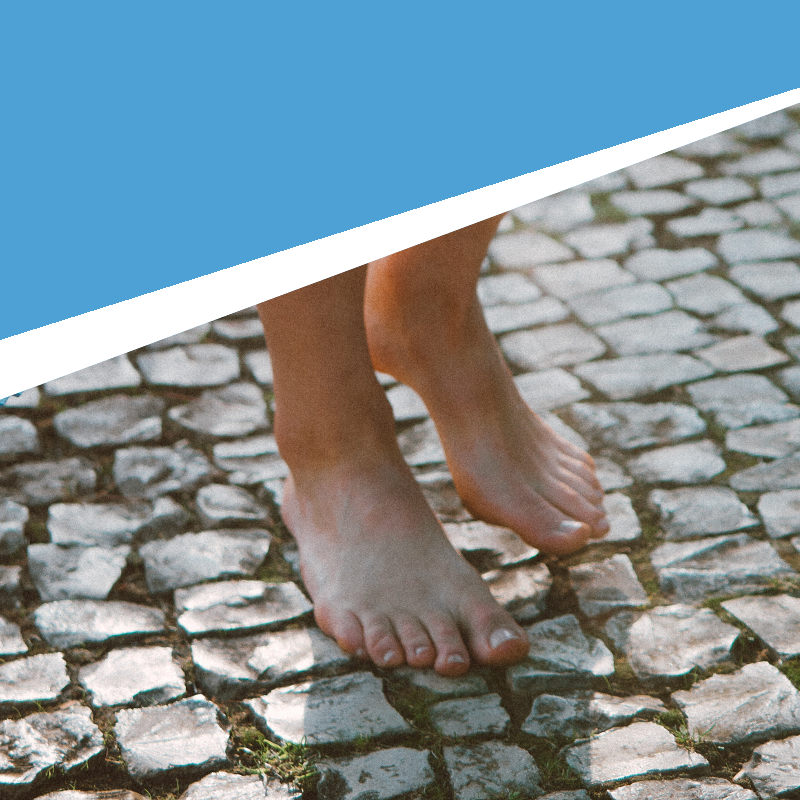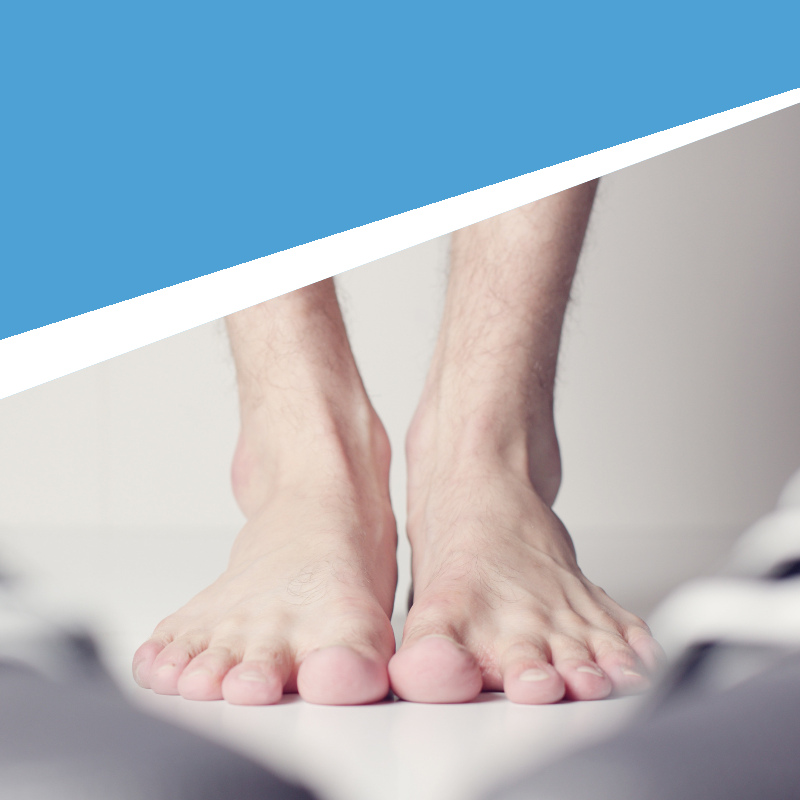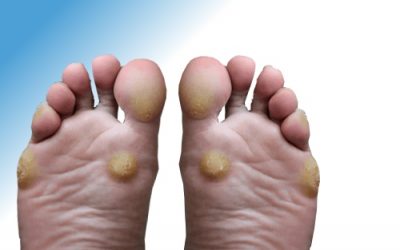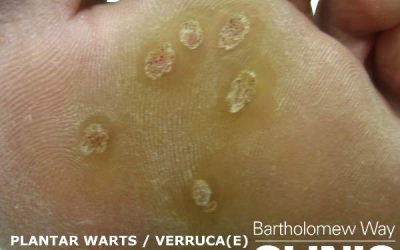
A biomechanical assessment could be beneficial to anyone who has persistent foot, knee, hip and lower back pain. Sometimes patients with jaw and neck pain will also benefit from an assessment. It is also important to highlight those who have corns and callus usually present due to walking abnormally which results in the corn/callus occurring to protect the soft skin. AND sometimes it may be recommended that a patient undergoes a biomechanical assessment even if no pain or corns/ callus is present, this can be the case if the podiatrist notices an excessive or reduced range of movement or a particular joint in the foot.
So… next question what is Gait Analysis?? Some of you may have heard about this term… this may give you a clearer idea!!!
Gait is simply the way in which we move our whole body from one point to another. More often than not we may also run, skip, hop, waddle, jump and anyway you imagine.
Gait analysis is a method used to assess the way we walk or run and to highlight/ if any biomechanical abnormalities. Having the ability to move efficiently and having a “good” “normal” “neutral” “fluid” gait is important in avoiding injuries. It is crucial to have joints capable of providing good quality, and good direction of movement, in addition to having muscles capable of producing sufficient force is vital to generate an efficient gait cycle. If a joint is stiff whether due to trauma, tight muscles, osteoarthritis, rheumatoid arthritis, psoriatic arthritis or any other condition that affects the joints then the body must find ways of compensating for problem, leading to the biomechanical deformities, and therefore paving the way to show purpose for a biomechanical assessment by a podiatrist.
So what happens in clinic? Gait analysis usually involves walking or running along a long corridor where the podiatrist will be observing all areas of the foot, knee, hips, spine, shoulders, all the way up to the position of the head. Gait analysis is useful to all people and sometimes a change in footwear will be enough to aid in injury prevention, but it’s not until we see you that we can recommend this.
Types of injuries that are associated due to poor gait biomechanics that can be corrected by a podiatrist are;
- Shin splints
- Plantar fasciitis
- Runners’ knee
- Jumpers knee
- Patella-femoral knee pain
- Achilles tendonitis
- Lower back pain




